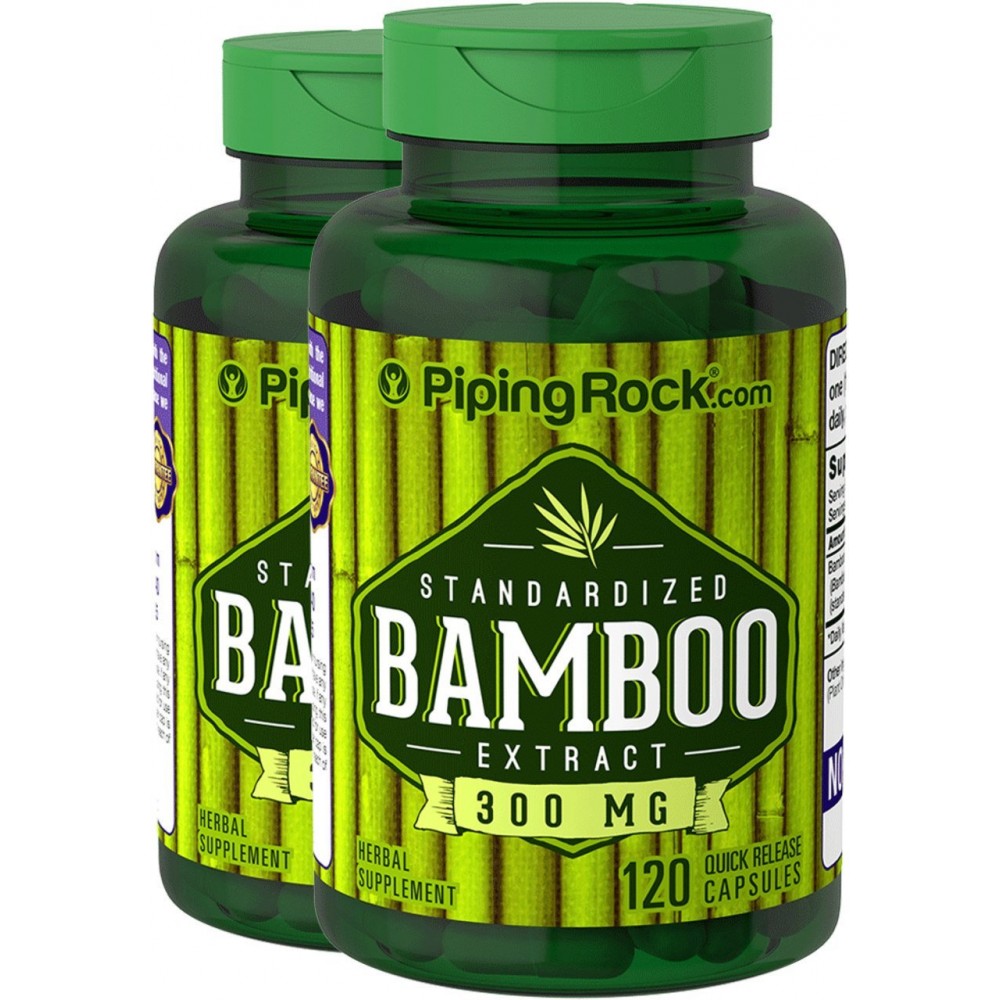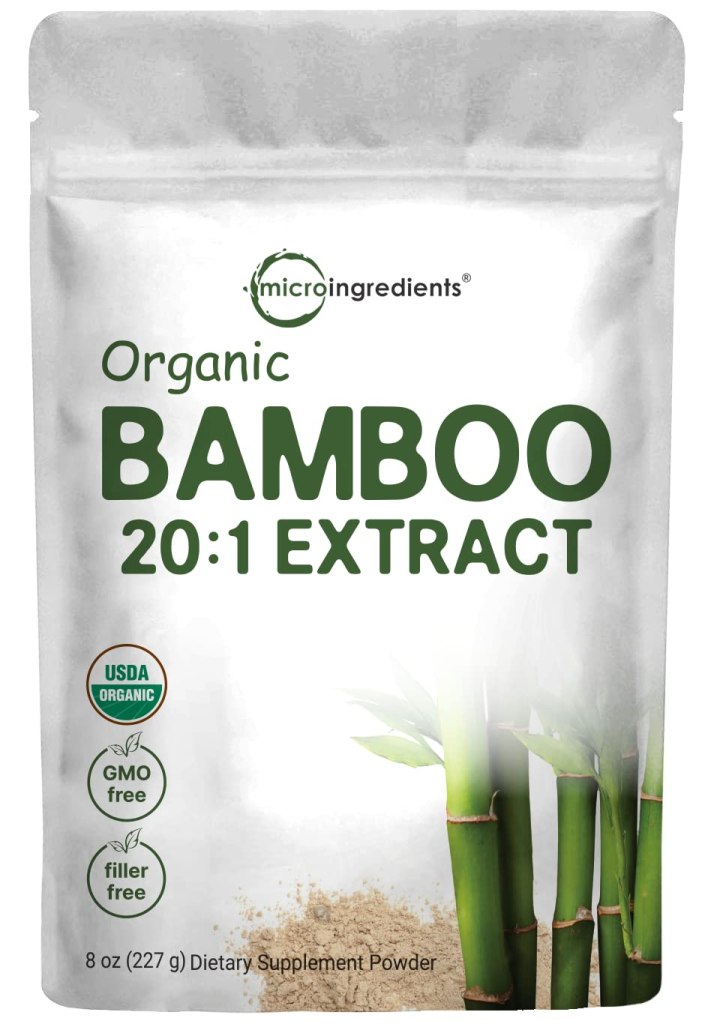
Bamboo plants for the most part don’t require a lot of care and can become sensibly well all alone absent a lot of care. In any case, a little consideration in the wake of procuring them would do ponders for your bamboo.
Care of bamboo isn’t excessively complicated, and you don’t need to be a significant in herbal science to have the option to really focus well on your bamboo plant. Bamboo is serious areas of strength for normally vigorous – for that reason it has existed in the wild and has been accessible to people for millennia at this point. Bamboo develops and flourishes in practically any climate – and with around 1500 distinguished bamboo species, there is a bamboo assortment for pretty much every geological locale and environment.
Care of bamboo planted inside is practically equivalent to that for an open air plant. Individuals principally really like to develop it inside in light of the magnificence and the atmosphere it brings to home. It develops quick, adds newness to the living region and looks very exquisite. Besides, as it is accessible at an entirely reasonable cost, it makes a remarkable speculation and instrument for home-style.
Before you request your bamboo plant, distinguish a region in or around your home where you might want to put it. This would give you a thought regarding the size of the plant to be requested. The ideal area would be where plentiful outside air and roundabout daylight is accessible.
Ensure that the dirt you will utilize is prolific, nitrogen-rich, sodden and very much depleted. On the off chance that the dirt doesn’t normally have nitrogen, you might need to utilize a gentle nitrogen rich manure or any creature excrement or fertilizer as an enhancement to support the plant’s development. Contingent on the size of the plant’s holder, apply a layer of gentle compost or fertilizer about an inch thick. Go here bamboo supplement benefits
For an indoor plant, a nursery pot or an enhancing container might be utilized. Pick a holder carefully as bamboo before long grows out of any compartment it is planted in. On the off chance that the neighborhood weather conditions is sufficiently dry, you might need to put a layer of mulch around two inches thick to hold dampness in the pot soil. At the point when the underlying foundations of your plant begin to surface out from soil in the holder, the time has come to replant your bamboo in a greater compartment.
For an outside plant, an opening can be dove in an open fix away from any development and where circuitous daylight is accessible. Keep in mind, a significant piece of care of bamboo is to keep the bamboo plants from direct daylight.
To an extreme or too less water is bothersome for bamboo and can hurt their wellbeing and development. Just put sufficient water to keep it hydrated – a lot of water might make the leaves twist up and in the end suffocate the plant. In such a case, quit watering the plant until the dampness in soil returns to beneficial level. Watering it two times every week ought to be adequate. For dry climate, water it multiple times consistently.
